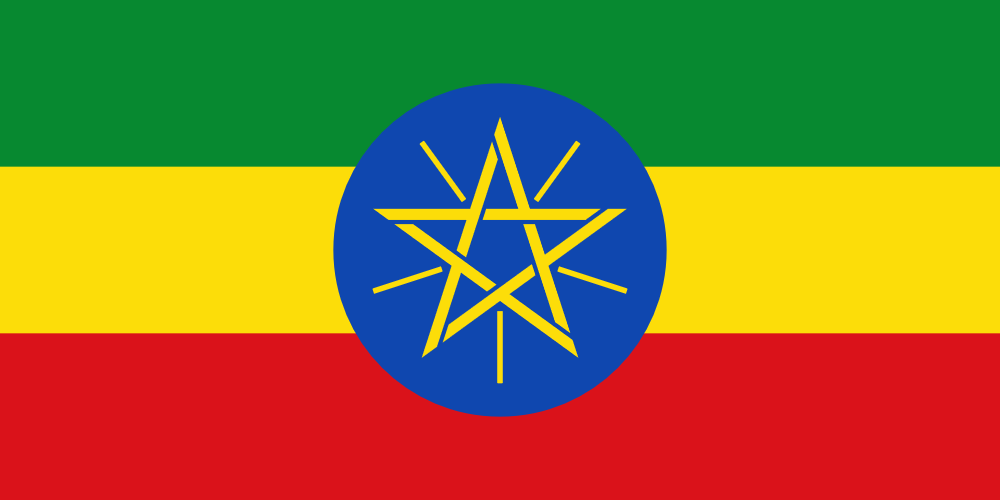Overview
Ethiopia (formerly called Abyssinia) is the oldest independent and proud nation in Africa and one of the oldest Christian nations in the world.
It has an ancient civilization dating back to over 3000 years.
It is endowed with magnificent cultural (both tangible and non tangible assets), historical, archaeological and natural tourist attractions. The country has the largest UNESCO world heritage sites in Africa.
Ethiopia is special in many ways. It has its own alphabet, its own calendar; it is the cradle of mankind; it is the place of origin for the coffee bean; It is the source of the Blue Nile River;
The home of varying indigenous plant and animal species. And a country of humble and welcoming people who possess an extraordinary culture and traditions.
Its capital and largest city is Addis Ababa “New Flower”; which is a head quarter and diplomatic capital for different organizations.
These unique qualities make Ethiopia an all-time fascinating tourist destination site in Africa.

Population
Ethiopia is the second most populous country in the African continent with an estimated population of more than 85 million.
Ethiopia is a multi-ethnic state. It is divided into nine ethnically divided regions along with two self-governing administrations.
Economy
The economy of Ethiopia is heavily based on agriculture but the government is pushing to diversify into manufacturing, textiles and energy production. The country is amongst the fastest growing non-oil economies in the world. Coffee is the major export crop.
Location
Ethiopia is located in the north eastern Africa commonly known as Horn of Africa.
It is bordered by Eritrea in the north, Djibouti and Somalia in the east, Kenya in the south, and Sudan and South Sudan in the west.
Climate:
Ethiopia generally has a tropical climate.
Its climate varies according to the different altitude. As altitude increases temperature decreases.
The four major climate zones of Ethiopia based on altitude are;
- Bereha (desert temperature zone)-it covers the desert lowland areas in the peripheral parts of Ethiopia. The areas are located at an elevation below 500 meters and with average annual temperatures exceeding 28 o
An example to this climatic zone is Dallol.
- Kola (hot zone)-it covers hot lowland areas with elevation 500-1500 meters and with an average annual temperature of 20oc -28oc and annual rainfall of 500 mm.
- Woina dega (moderate temperature zone)- It includes the highland areas of 1500-2440 meters elevation with an average annual temperature of 16oc -20oc and annual rainfall between 500 and 1520 mm. This climatic region is typical to large parts of Ethiopia; including Addis Ababa, Gondar, and Axum.
- Dega (Cool zone)-it constitutes areas where the elevation is above 2440 meters with an average annual temperature of 11oc -16oc and annual rainfall between 1270 and 1280 mm.
The four seasons include;
- Tsedey (spring) – It includes September, October and November months. They are dry harvest season. The finding of the true cross (meskel) holiday and Ethiopian New Year are celebrated on September 17 and 11 respectively.
- Bega (winter) – It includes December, January and February months. They are sunny and dry seasons. During this season the Ethiopian Epiphany and Christmas holidays are celebrated.
- Belg (autumn) – It includes March, April and May months. Short and moderate rainfall.
- Kiremt (summer)- It includes June, July and August months. There will be a long and heavy rainfall and cloudy condition.
Topography
Ethiopia contains a variety of distinct topographical zones. These include highlands, plateaus, mountains, lakes, rivers, and hills. Large parts of Ethiopia lie between 1,800 meter and 2400 meters altitude.
The high lands that comprise much of the country are often referred to as the Ethiopian plateau and are usually thought of as divide in to northern and southern parts. They are bisected by the Great Rift Valley in to the north western high lands and the southeastern highlands, each with associated lowlands.
The country’s highest mountain, Ras Dashen, rises to 4620 meters as well as the lowest point Dallol (Danakil Depression) 115 meters below sea level. Dallol is also the lowest place in the planet earth.
Religion:
The dominant religions practiced in the country are Christianity and Islam. The majority of the populations worship Christianity (Ethiopian Orthodox Church and protestant) followed by Islam.
Language
The languages of Ethiopia are as diverse as the population. The country is home to more than 80 nationalities (ethnic groups) speaking as many as 80 indigenous languages that belong to the four major language families – Semitic, Cushitic, Omotic, and Nilo-Saharan.
Amharic, a Semitic language family, is the official language of the country
